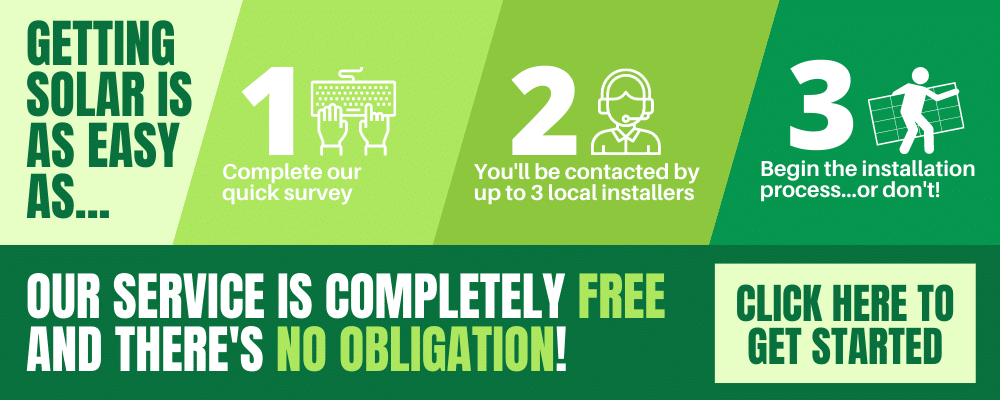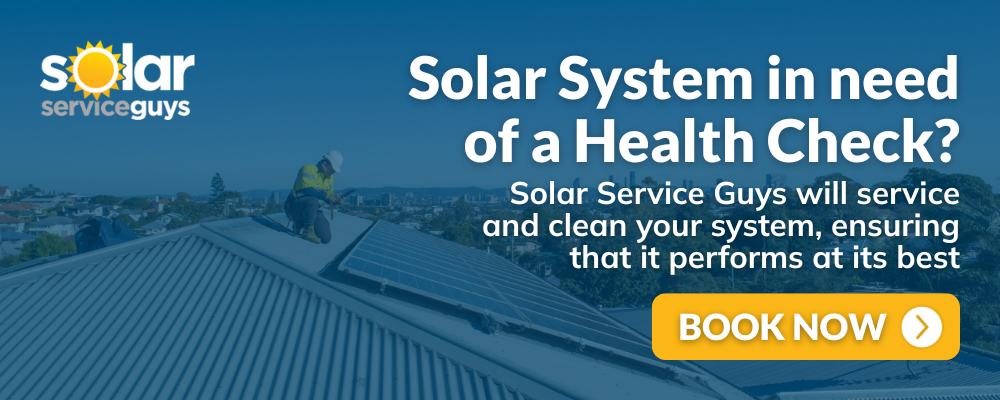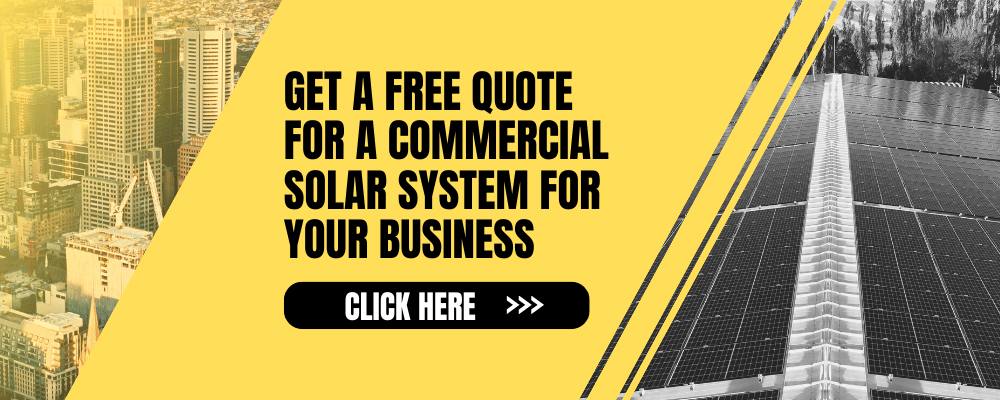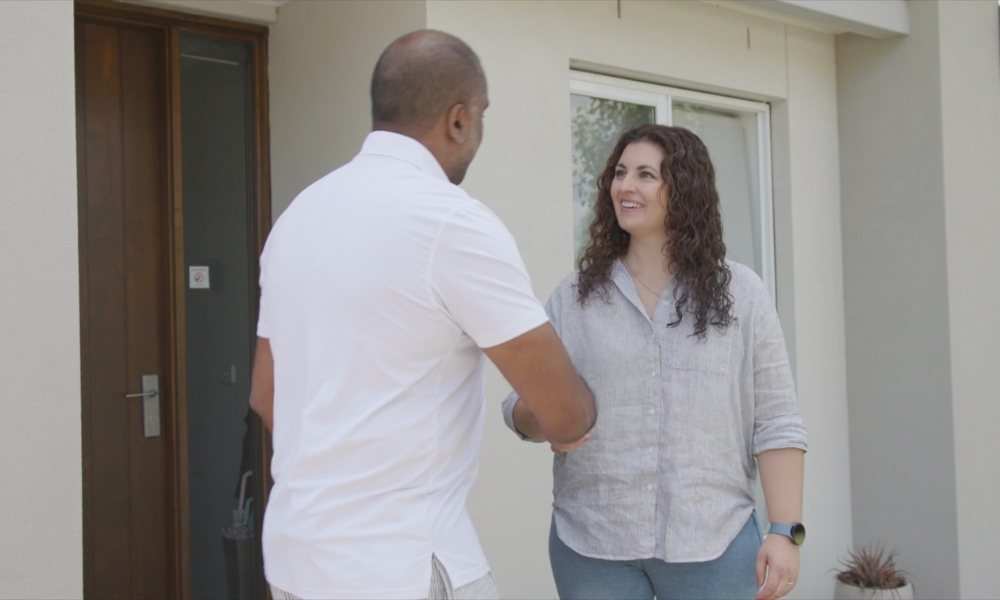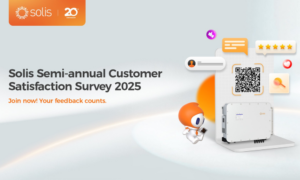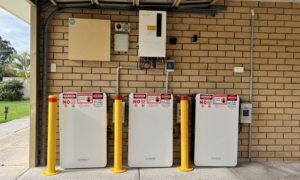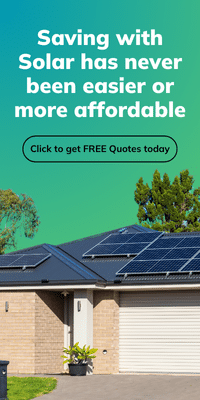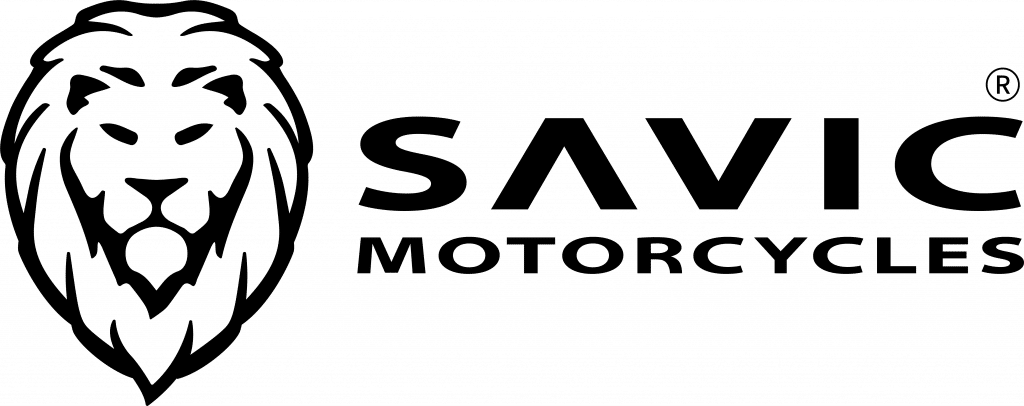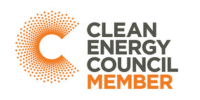Having solar was as much a part of our lives as a fridge or a kettle. So when we moved into a new rental without it, I expected a bit of a shock. What I didn’t expect was just how costly it would be to live without solar again. As someone working in the clean energy space, I’ve always known solar made sense, but living on both sides of the story really drove it home.
Let me give you an insight into what it’s like to be a renter with and without solar, and how we made it work, with the help of a futureproof system from Solis, as seen in Episode 7 of Energy Matters.
Life without solar: A costly reality check
We had solar in our previous rental for about six years – a 6.6kW system that met our needs. Our feed-in tariff (FiT) hovered around 7c/kWh at first, then dropped to about 5c/kWh before we moved. Despite that drop, our quarterly power bills were often under $100 in summer and $300 in winter. One bill even came in at just $9.37. The system paid for itself in under three years.
Then came the mould, mildew, and maintenance issues. After nearly nine years, we needed a change. We moved into a newer home built in 2019, complete with insulation, new appliances, and a lot less character-related charm. It should have meant cheaper bills.
Spoiler: it didn’t.
Even with all those modern efficiencies, our first two bills in the new house were both over $400. We were still using power consciously, running appliances during off-peak times and watching our usage. But the missing link was obvious: no solar.
Taking a leap as a renter
We applied for the new rental with full transparency. We told the landlord we wanted to install solar at our expense. Whether that helped our application or not, who knows, but they said yes. It also signalled we weren’t planning to leave any time soon – a win for both parties.
With years of experience behind me, I knew the investment would pay itself off quickly. We reached out to O’Brien Electrical and Plumbing in Rowville, who walked us through our usage, goals, and the best system for our setup. That led us to Solis, a brand I trusted from both a professional and personal perspective.
Why we chose Solis
We installed a Solis S6-EH1P3K-L hybrid single-phase inverter with an almost 8kW solar panel array. The Solis system stood out because it was battery-ready from day one. We weren’t ready to commit to a battery just yet, but the option to add one later without having to swap out the inverter was a huge tick.
“You could use the product as a standard grid inverter, not connect a battery — but you can choose to connect a battery anytime in the future,” said Avinash Bangaru, Solis Australia’s Technical and Customer Support Manager. “That gives really good scope for customers to invest now and expand their system as they go.”
What really sealed the deal was the flexibility; the S6 hybrid supports more than 30 different battery brands. When we do go down that road, we’re not locked into a single manufacturer.
And then there’s backup support. The S6 has an in-built backup circuit, which will be a lifesaver when the next blackout rolls through. Avinash pointed out the growing strain on the Aussie grid, saying:
“The grid network is not always reliable… especially in Australia, where the geography is vast. When you do have an outage, you want to keep running your essential loads – and that’s what our hybrid inverter with a battery lets you do.”
The switch that doubled our return
When we first got the system up and running, we were still with our old energy retailer, earning a paltry 3.3c/kWh FiT. In April 2025, we switched to Momentum Energy and doubled that to 6c/kWh.
Here’s what our first bill from Momentum looked like (11 April – 30 June 2025):
- Total electricity charges: $316.54
- Solar credits earned: $73.14
- Final bill: $243.40
- Solar exported: 1,219.04 kWh
- Our average usage: 9.6 kWh/day (well below the Victorian average of 25 kWh for a family of five)
Not only is solar helping us reduce grid usage, but the credits we earn now cover most, if not all, of the daily supply charge. Even without a battery, we’re already ahead.
Why we’re now planning to add a battery
With our Solis hybrid inverter already in place, we’ve future-proofed our home for battery storage, and now feels like the right time to act. The federal government’s new Cheaper Home Batteries rebate makes the investment even more compelling. The program offers up to $2,950 off battery purchases for eligible households, covering around 30% of the cost.
For us, a 10kWh battery would give us near-total energy independence, storing the energy we produce during the day for use at night. It would mean:
- Less reliance on the grid
- Protection during blackouts (especially with our inverter’s backup circuit)
- A solid return on investment in just five to six years – possibly faster
We’ll probably opt for a 20kWh battery to further future-proof our investment. It’s now less a question of if we’ll get a battery, and more a matter of when.
The numbers don’t lie
Here’s what solar is doing for us today:
- System: 8kW panels with a 6kW Solis hybrid inverter
- Average production: 40 kWh/day
- Self-consumption: ~65%
- Exported to grid: ~80% of generation
- Current FiT: 6c/kWh
- Daily usage: 14.88 kWh
- Daily cost (with supply charge): ~$5
- Expected annual savings: $800 to $1,000+
Even with a lower FiT, we’ll make back our solar investment in 3–4 years. Add a battery, and we could cut the cord entirely and save up to $1,825 a year.
Final verdict? Solar stacks up, even when you’re renting
This experience confirmed what I’ve always believed: solar is a smart, reliable investment. And yes, even renters can make it work.
My advice? Talk to your landlord. Ask yourself:
- Are you planning to stay for 5 years or more?
- Are you prepared to pay for the system yourself?
- What happens to the system when you move?
- How much do you currently spend on electricity?
- What are your daily usage habits?
If you tick a few of those boxes, the maths adds up. Especially with a future-ready system like Solis, you can install solar today and build on it tomorrow.








